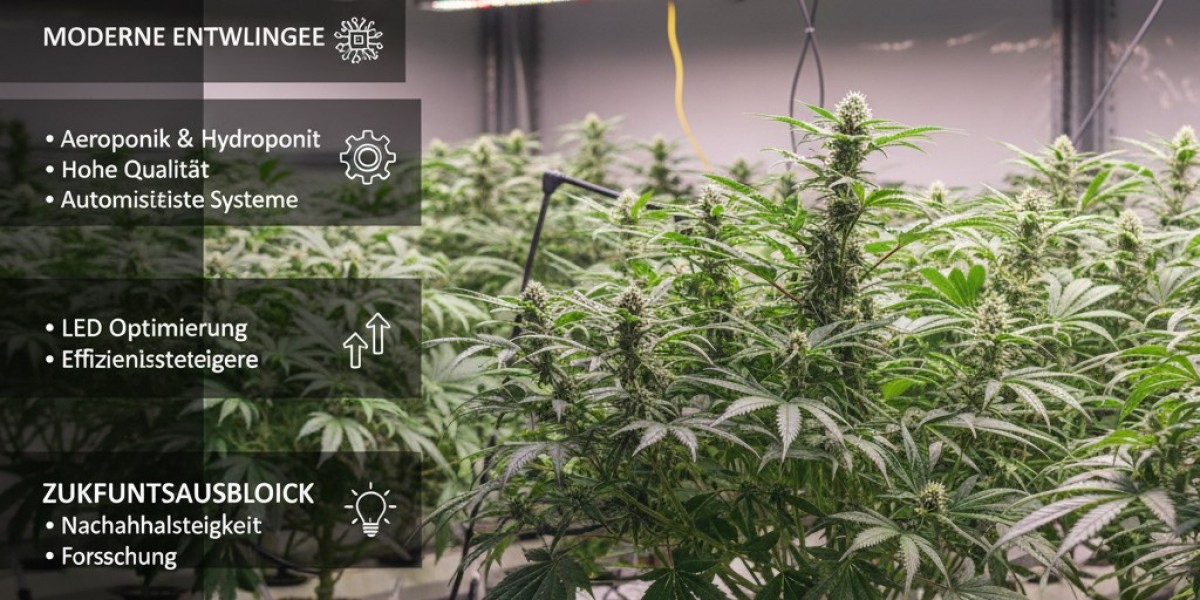The cannabis sector has changed dramatically in the last decade. What once revolved around strain names and personal growing preferences has evolved into a highly competitive global industry focused on scientific precision, genetic stability, and consistent product quality. At the heart of this transformation lies a small but powerful element: the Hanfsteckling, or cannabis cutting.
While often overlooked by the public, the Hanfsteckling has become one of the most valuable tools in modern cannabis propagation. It bridges the gap between agriculture and biotechnology, helping companies scale efficiently while maintaining strict quality and identity standards.
What Exactly Is a Hanfsteckling?
A Hanfsteckling is a vegetative cutting clipped from a healthy cannabis “mother plant.”
It contains the exact genetic material of its source, meaning it grows into a plant with the same characteristics, traits, and cannabinoid potential.
In the broader agricultural world, many crops rely on similar cloning methods—think citrus trees, grapevines, berries, or ornamental plants. Cannabis simply applies this longstanding horticultural practice to a crop with uniquely complex genetics.
Why Hanfstecklinge Are Critical in Today’s Cannabis Market
1. Precision Genetics for a Data-Driven Industry
The greatest value of a Hanfsteckling is that it preserves genetics without variation.
As markets expand, this consistency is non-negotiable for brands and producers who need:
predictable cannabinoid expression
stable terpene profiles
uniform growth patterns
repeatable consumer experiences
In an industry where reliability equals trust, cuttings deliver something seeds simply cannot: genetic certainty.
2. Enhanced Quality Control
Consistency isn’t only about flavor or potency — it’s also a quality control standard.
Brands depend on identical plants to support:
regulated production
lab-tested product lines
standardized cultivation protocols
controlled harvest cycles
Hanfstecklinge are a backbone of this system.
3. Protection of Elite Cultivars
Every year, breeders release new premium cultivars with unique profiles.
Hanfstecklinge allow producers to protect and preserve these elite genetics for years without losing or altering the traits that make them special.
4. Efficiency for Commercial Cultivators
For large facilities, time is money — and uniform plants make operations easier:
synchronized flowering times
compatible environmental needs
streamlined nutrient management
simpler scalability
This efficiency translates to savings and stability across the entire supply chain.
The Role of Hanfstecklinge in Cannabis Research
Scientific interest in cannabis is at an all-time high. Universities, laboratories, and agricultural researchers are studying everything from stress responses to terpene biosynthesis.
Using identical plant material eliminates unwanted variables, allowing researchers to compare results with accuracy.
Hanfstecklinge enable consistent experiments in:
cannabinoid expression studies
environmental impact testing
disease-resistance research
tissue culture development
genotype-phenotype mapping
Research depends on reliability — and reliability starts with uniform genetics.
Seeds vs. Hanfstecklinge: Why Both Matter
The debate between seeds and cuttings is common, but unnecessary. Each plays its own role.
Seeds excel at:
genetic diversity
breeding and innovation
creating new cultivars
preserving long-term genetic lines
Hanfstecklinge excel at:
standardized production
stable long-term genetics
commercial scalability
maintaining elite lines without drift
Modern cannabis relies on both methods, not one or the other.
Economic Impact: A Hidden Powerhouse
What many businesses underestimate is how strongly Hanfstecklinge influence economic performance.
Use of standardized cuttings contributes to:
reduced crop losses
more predictable harvest cycles
improved product uniformity
easier forecasting
minimized operational risk
For brands, consistency directly impacts reputation.
For producers, it impacts profit margins








